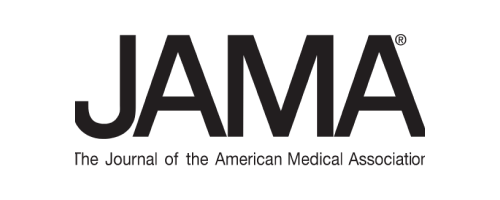
Unhealthy alcohol use is a serious public health challenge that requires full attention. In its recommendation statement, supported by an evidence report and systematic review, the US Preventive Services Task Force (USPSTF) “recommends screening for unhealthy alcohol use in primary care settings in adults 18 years or older, including pregnant women, and providing persons engaged in risky or hazardous drinking with brief behavioral counseling interventions to reduce unhealthy alcohol use (B recommendation).” One in 8 adults in the United States reports unhealthy alcohol use. Unhealthy alcohol use includes “at-risk” alcohol use, defined by the National Institute on Alcohol Abuse and Alcoholism as alcohol use greater than 4 drinks per occasion or 14 drinks per week for men aged 21 to 64 years and 3 drinks per occasion or 7 drinks per week for women of all ages and for men 65 years or older. It also includes alcohol use disorder, defined by the Diagnostic and Statistical Manual of Mental Disorders (Fifth Edition) (DSM-5) based on the presence of 2 or more of 11 criteria, such as loss of control of use and withdrawal symptoms. About 6% of US adults have drinking patterns and associated symptoms that are sufficiently severe to meet criteria for alcohol use disorder. Globally, 1 in 20 deaths are related to alcohol use.
If you would like to learn more click here.